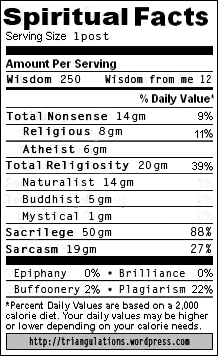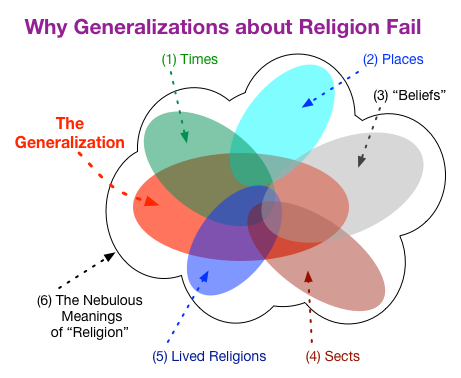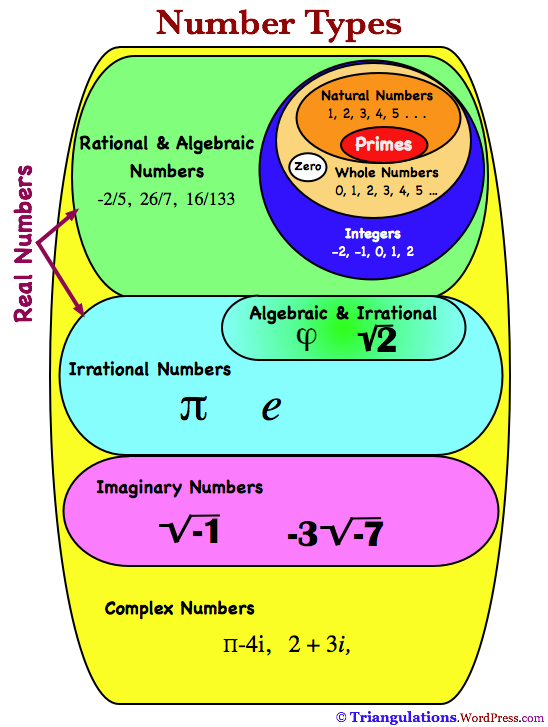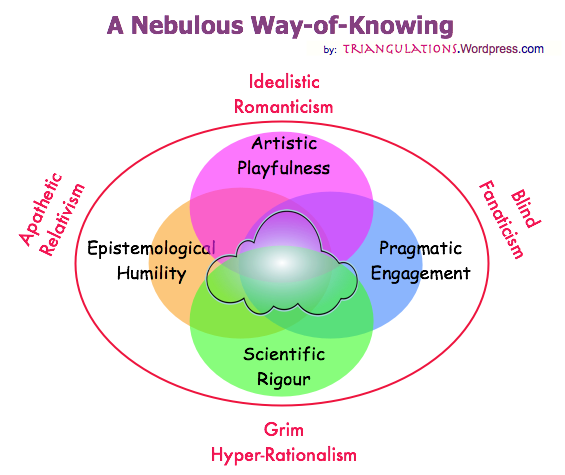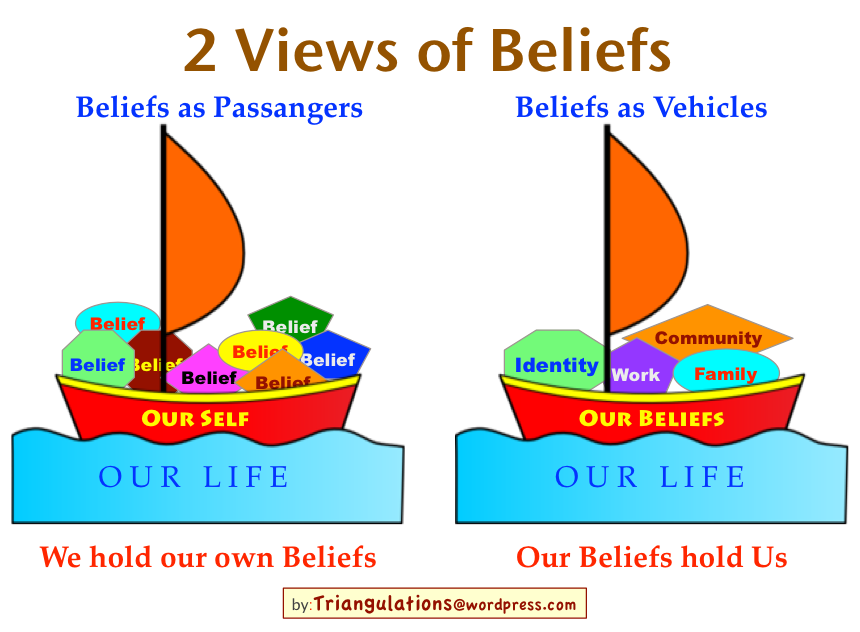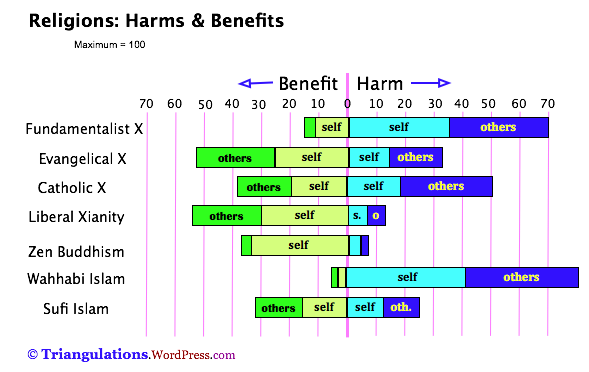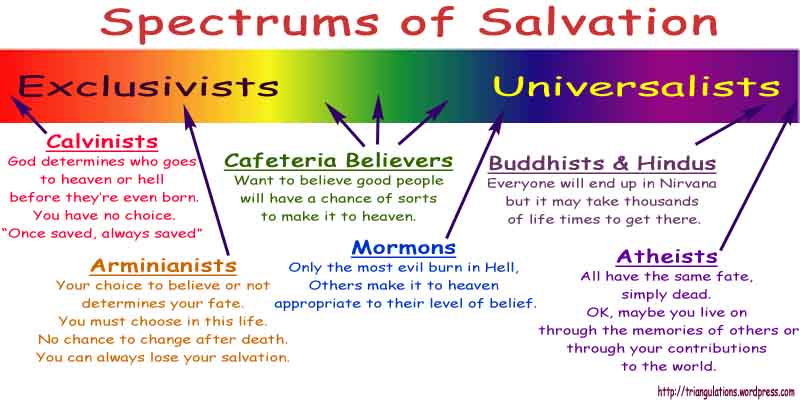The Tanakh (T+N+K)
The Jewish canon of scripture is called the “TaNaKh” which is an acronym for its three traditional subdivisions described below: Torah + Nevi’im + Ketuvim. The Protestant “Old Testament” (OT) borrowed all the content of the Tanakh but their organizations differ. — see the key below the diagram to understand the OT ordering. See this wiki article for details of the Development of the Jewish Bible Canon. Note, that “Bible” simply means “book”, but this diagram should make clear that what is called the “Bible” is not simply a book in the common sense of the word, but an actual library.
1. Torah (the teachings)
Torah means “Teachings” or “Instruction”. It derives from the Hebrew root y-r-h, “to shoot (an arrow),” and thus etymologically refers to that which “hits the mark”. Thus we have the alias of “Torah Moshe” [The Torah (teachings) of Moses] and it is also called “The Five Books of Moses” or the “Pentateuch” [L: penta (five)+teuchoi (books)].
The Torah were written on one scroll and viewed as one unit. But source theory scholarship shows these books do not adhere but are a composite of many traditions and sources. See “Who Wrote the Bible” by Richard Friedman.
2. Nevi’im (the prophets)
Nevi’im means “The Prophets” in Hebrew. Canonized after the Torah. It is composed of 8 books — the last book is “The Twelve” is composed of 12 minor prophets but in this diagram I show them as separate books. It is unclear how the first four books (Joshua, Judges, Samuel, and Kings) became part of the larger collection called Nevi’im. Thus, perhaps the collection is named after its last four books. Alternatively, the name Nevi’im reflects an awareness that prophets and prophetic activity play important roles in each of the first four books as well.
3. Kethuvim (the writings)
“Kethuvim” is a vague term meaning “writings” in Hebrew. This section contains a variety of collected written material, all entering the canon after the Nevi’im for different reasons; Psalms was used for prayers, the Song of Songs was probably first canonized as an ancient erotic poem used in wedding ceremonies, while the books of Job, Proverbs, and Ecclesiastes were known as wisdom literature.
Most sources divide Kethuvim into three parts; the first section composed of three large books (Psalms, Proverbs, and Job), the next section is called ‘hamesh megillot‘ (the five scrolls-as pictured in the diagram) which were copied together, much like “The Twelve” so that the individual short scrolls would not get lost. The five scrolls are read in this order in the litergical year: Song of Songs (Passover/early Spring), Ruth (Shavuot, late Spring), Lamentations(Av, the summer fast), Ecclesiastes (Sukkot, Fall), and Esther (Purim, late Winter). The last section is the three ‘historical’ texts: Daniel, Ezra-Nehemiah, and Chronicles.

Source: The Jewish Study Bible, Jewish Publication Society, 1985, 1999



